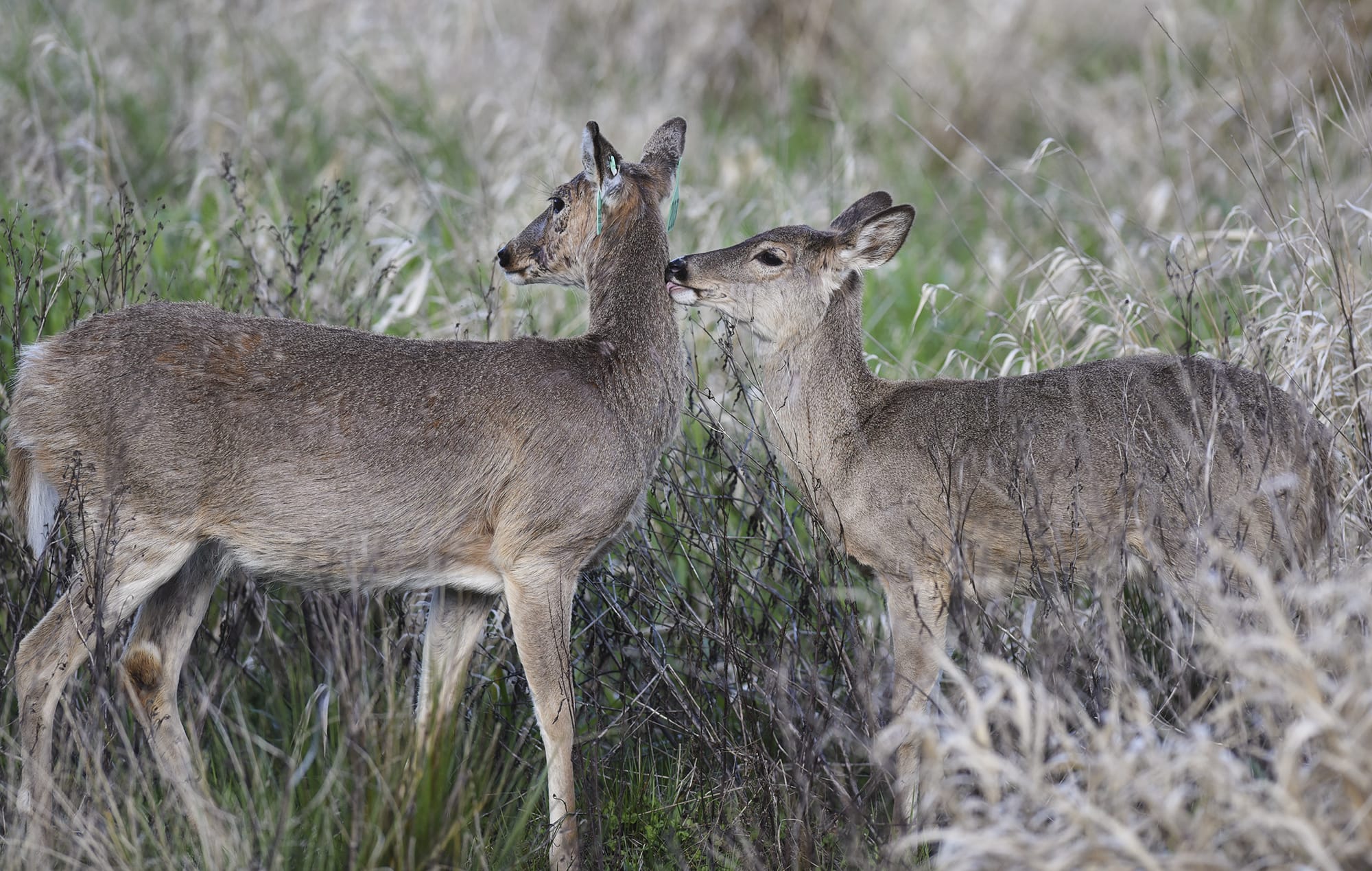With a recent federal push to roll back provisions of the Endangered Species Act, it’s too soon to know how the dozen species classified as endangered or threatened in Clark County may be affected.
But regional environmental groups, like the Friends of the Columbia Gorge, have expressed concern about how the changes might affect Southwest Washington long-term.
“We feel like this is a terrible idea for the environment. The Endangered Species Act has really made a difference of not only protecting wildlife, but a lot of the great places that we all go to hike and fish and hunt,” said Kevin Gorman, executive director of the nonprofit for the last 20 years.
Over the past two weeks, dozens of initiatives and pieces of legislation have been discussed in Congress or signed by President Trump, aimed at curtailing regulations outlined in the act and streamlining the process of de-listing protected species.
The rollback is in response to criticism from industry leaders that the existing laws are cumbersome, outdated and an unnecessary hindrance to development, as well as inefficiently targeted at species that don’t need protection.
Clark County is home to nine threatened species that could be affected by any federal legislative changes (also two endangered species, one proposed for the threatened species list and one currently under review for classification). Those threatened species include four birds — yellow-billed cuckoo, northern spotted owl, marbled murrelet and the streaked horned lark — as well as flowering plants golden paintbrush and water howellia. The Oregon spotted frog, the bull trout and the Columbian white-tailed deer are also listed as threatened.
A local wildlife official pointed to the value of the ESA’s protections, citing success stories in population recovery.
“The high-profile one is Columbian white-tailed deer, which was down-listed from endangered to threatened,” said Christopher Lapp, project leader at the Ridgefield National Wildlife Refuge Complex.
Around 40 deer were introduced to the refuge in 2013. The population rose above 100, Lapp said, leading to a downgrade from the endangered category in 2016.
“It still has protected status, but it gives the state a little more flexibility in managing the species as far as the level of restrictions — (they) aren’t as tight as endangered,” Lapp said. Such a downgrade also lowers the permitting hurdles “if there’s anything that’s going to happen in terms of development,” he added.
Hurdles
Those hurdles still exist, however, for projects that could affect habitats of threatened species.
For example, take the Port of Ridgefield Pioneer Street Railroad Overpass Project, which has been fully funded since 2016 but is still waiting to go to bid due to the proximity of the threatened deer. The project’s environmental impact assessment, which was conducted in 2008, is now outdated.
“It’s not necessarily a big deal, but it takes time and it takes money,” Port CEO Brent Grening told the Columbian in April.
When completed, the overpass will connect Ridgefield’s downtown to the waterfront area by extending Pioneer Street to port property — just across Lake River from the wildlife refuge, a few hundred yards away. Before the deer review, crews were scheduled to break ground last year with construction expected to last 12 to 18 months.
Grening said Thursday that his office expects to have an update on the environmental impact study within the next month.
In 2011, another major project was tabled indefinitely. Four public utility districts in Southwest Washington halted a development that would have built a coastal wind farm in Pacific County. The project, called the Radar Ridge Wind Project, would have been erected in the middle of marbled murrelet nesting ground. Opposition from environmental groups and permitting red tape killed the wind farm.
The recent federal proposals would make it easier to remove a species’ endangered status. They would also lessen protections for “threatened” species — the code yellow to an “endangered” species’ code red — and allow economic impact to factor into the decision of whether or not to protect a species.
40 years later
The law hasn’t seen any major revision in more than 40 years. There’s room for streamlining, Gorman said.
“But I think it should be in an environment where there’s a public dialogue,” he added. “What you’re seeing here is you have decisions that are made behind closed doors, and the only people who have access are the lobbyists. That’s not a formula for a successful future.”
Newly relaxed regulations would not retroactively apply to past or current development projects, though they could affect future protection of threatened or endangered species.
Lapp emphasized that any changes on a federal level have not trickled down to Southwest Washington’s wildlife reserves, which along with Ridgefield include Franz Lake National Wildlife Refuge, Steigerwald Lake National Wildlife Refuge and Pierce National Wildlife Refuge. Combined, they protect more than 12,000 acres of habitat.
“We have not been given any direction,” Lapp said. “I do not know yet. We will wait and see.”
Gorman, though, is less concerned about specific changes to the law’s language and more worried about how the ESA rollback might shape policy for years and decades to come.
“There’s sort of a chilling effect, where you normally have projects that are these win-wins,” Gorman said. “Everybody starts pulling back a little bit, because things feel less certain, and as a result we don’t achieve these wonderful things that actually bring opponents together.”
Development and protection shouldn’t be adversarial ideas, he added.
He cited a salmon restoration project currently underway at Steigerwald Lake, a $22 million plan to elevate part of state Highway 14 to the Columbia River’s 500-year flood level and conduct some habitat restoration. It’s estimated to involve around 400 workers, Gorman said.
“Protection creates jobs, too. This is an example where a protection effort will create hundreds of jobs.”




